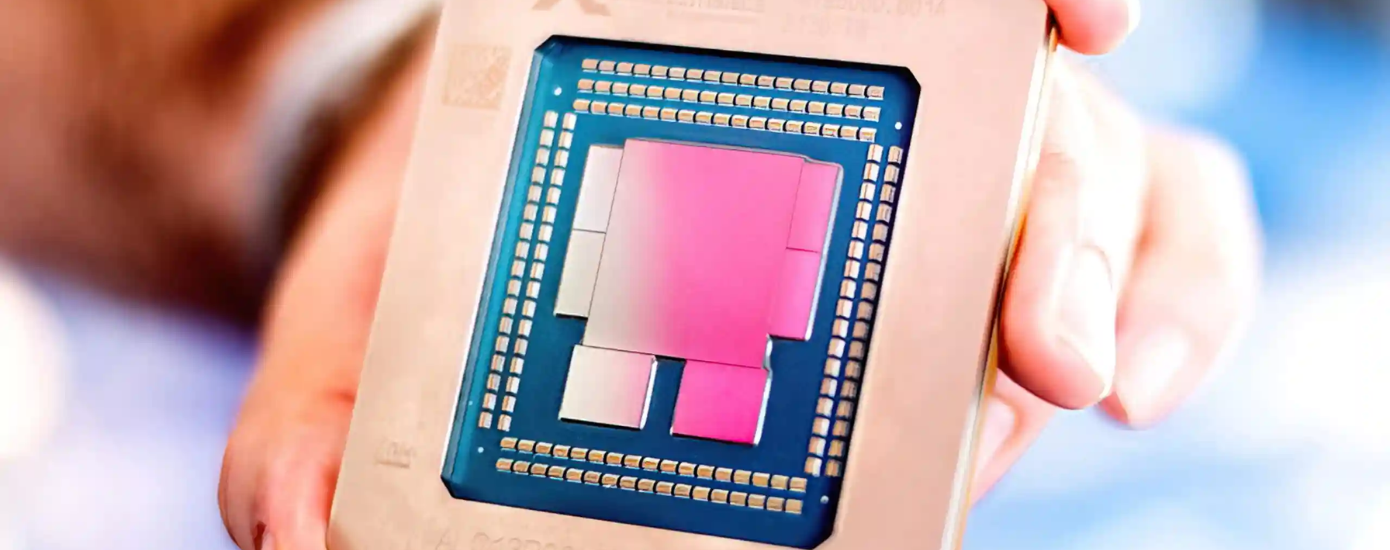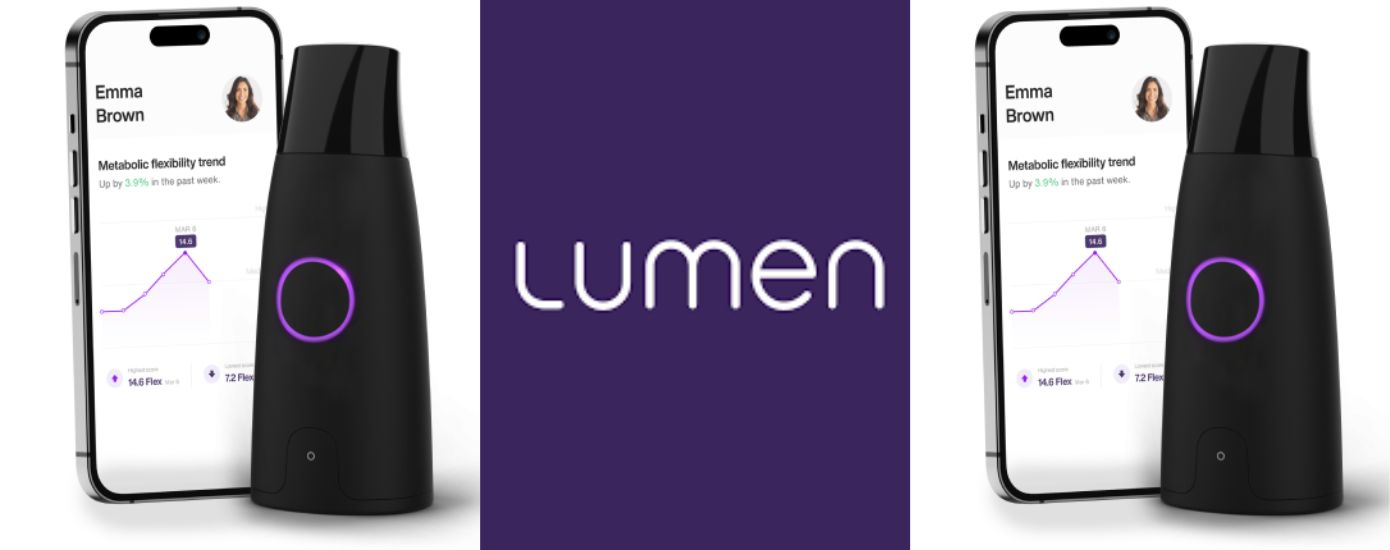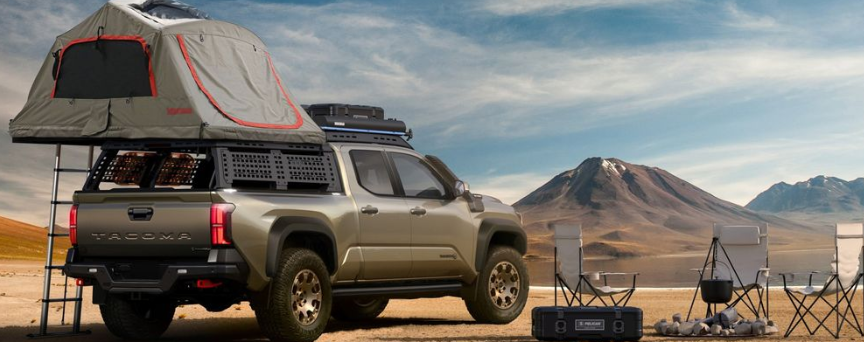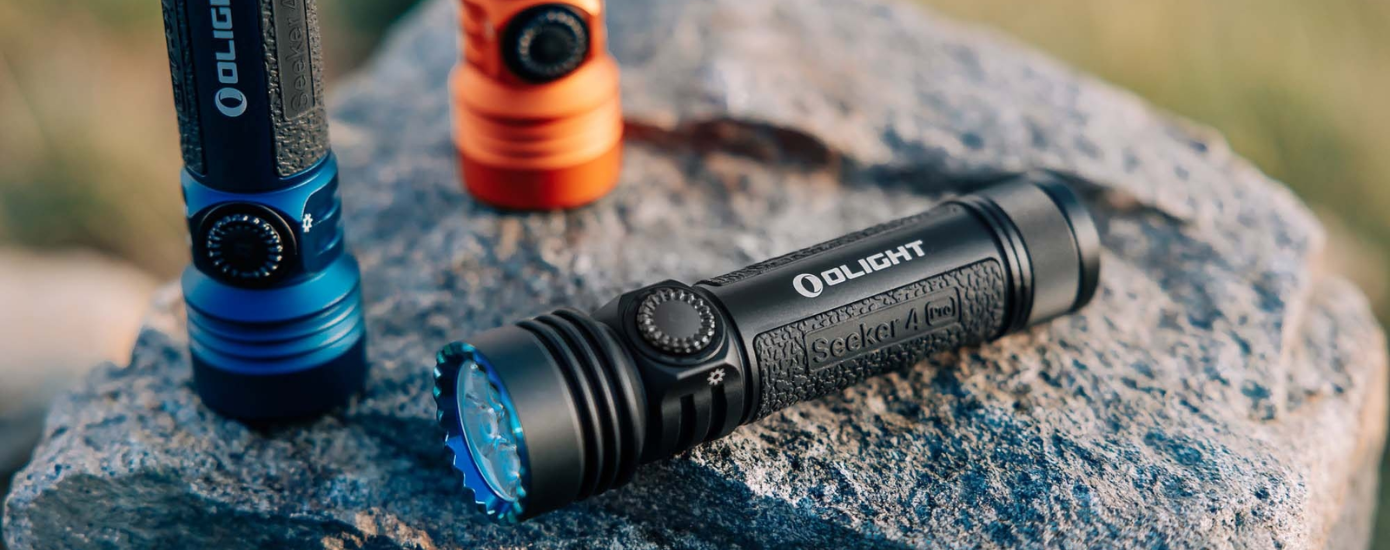Everything You’ve Been Wrong About When It Comes to Flashlights
By Admin
Published on 2025-10-30 16:15:00
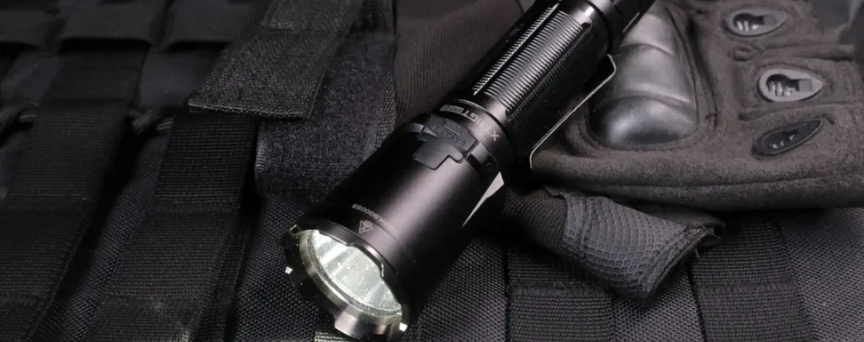
Flashlights are an important part of your routine. They might seem small and at times useless, especially since people think that mobile phone lights are there. But trust me, flashlights are the ones in need. Take a look at this blog and find out how many myths there are about flashlights.
Flashlights have come a long way from the bulky, dim tools our grandparents kept in a drawer. Modern flashlights now come with smart LED lights, smart features, and others. Yet many people still don’t realize just how sophisticated these everyday tools have become. Whether you’re preparing for a power outage, camping in the wilderness, or carrying one for personal safety, understanding how flashlights really work can make a big difference in performance and reliability.
However, there are many myths about flashlights, and unfortunately, people believe them without any research. That is why this blog is here to help you figure out some of the myths. So, the next time you buy a flashlight, you will have enough knowledge to differentiate between myth and facts. Take a look at this blog and find more.
Some Of The Myths About Flashlights
Here are some of the myths about flashlights that you need to know.
Myth# 1: The Brighter, The Better
When shopping for a flashlight, most people are drawn to one number, lumens. The higher the lumen count, the better the flashlight must be, right? Not exactly. While lumens measure total light output, brightness alone doesn’t determine performance. A flashlight that floods light in every direction might seem powerful, but it won’t necessarily illuminate distant objects clearly.
There are factors like beam distance, beam pattern, and lens design that matter just as much. A tightly focused beam can reach hundreds of meters even with fewer lumens, while a wide beam is better for close-up tasks. Plus, high brightness drains batteries faster and generates more heat.
Myth#2: Flashlights are WaterProof
Many people assume that a tough, metal-bodied flashlight is automatically waterproof, but in reality, most are only water-resistant. For instance, one flashlight can handle light rain or splashes, while other models can survive full submersion for extended periods.
Understanding this thing can be a bit difficult; otherwise, your “waterproof” light might fail the moment you need it most. The truth is, water-resistant does not mean waterproof, so always check your flashlight’s specifications before taking it into harsh environments.
Myth#3: LED Flashlights Never Burn Out
The LED lights are not just limited to the bulb anymore; they can now fit into flashlights, too. That does not mean the lights can never burn out. Over time, exposure to heat, moisture, and voltage fluctuations can cause gradual dimming or outright failure. High-performance LEDs can also degrade if they’re driven too hard without proper cooling.
So, while LEDs rarely “burn out” suddenly, they do age and lose brightness with heavy use. The truth: LEDs are incredibly durable, but not immortal; they still benefit from proper care and sensible use.
Myth#4: Rechargeable Batteries are Better than Powered Ones
Rechargeable flashlights are convenient, eco-friendly, and cost-effective in the long run, but they aren’t always the superior choice. In emergencies where power is out for days, a rechargeable flashlight can quickly become useless once it runs dry, while a model using disposable batteries can keep going as long as you have spares.
Rechargeable batteries also lose capacity over time and may perform poorly in extreme cold. On the other hand, they’re perfect for everyday use and frequent charging cycles. The truth is, neither type is inherently better; it all depends on your needs. For preparedness, a mix of both types is often the smartest strategy.
Myth#5: Bigger Flashlights are Better than Smaller Ones
This is the most common myth: most of you go for the bigger flashlight because you think it will be more powerful than the smaller one. However, modern LED technology and high-density cells can produce blinding brightness levels.
Irrespective of size, big and small lights are efficient, easier to handle, and quicker to deploy. When it comes to flashlights, size doesn’t equal strength anymore; it’s the technology inside that counts.
Does Brand Matter While Buying a Flashlight
Brand plays an important role, not just when you are buying flashlights, but in every single thing. When you buy flashlights from a brand that sells lower-priced flashlights in prices, there are high chances of getting a low-quality flashlight too. They might work for 5 to 6 months and then start causing problems. Sooner or later, you have to either discard the flashlight or take it to get checked.
The easiest solution is to get the flashlight from a high-quality brand like Imalent and others. This way, you will get your hands on the durable and high-quality product that will work for a longer time. Talking about the Imalent brand, it sells flashlights with smart features that you need to check. This brand uses advanced features such as high-drain rechargeable batteries, OLED displays, advanced thermal/heat-management systems, and premium materials. Let’s take a look at one of their flashlight.
Brightest EDC flashlight IMALENT MS03
The Imalent MS03 is a compact powerhouse of a flashlight, delivering an incredible 13,000 lumens of brightness. It has an output level usually found in much larger lights. Despite its small size, it can project a beam up to 324 meters, making it suitable for outdoor adventures, search operations, or emergency use.
It runs on a rechargeable 21700 lithium-ion battery (4,000 mAh) and supports USB-C fast charging, ensuring convenience and quick turnaround between uses. The flashlight offers multiple brightness modes, from an energy-saving 150-lumen low mode with runtimes up to 27 hours, to the blazing Turbo mode that briefly unleashes the full 13,000 lumens before stepping down to prevent overheating.
Flashlights today are far more advanced than most people give them credit for. Gone are the days of bulky plastic tubes with dim yellow bulbs and clunky batteries. Modern flashlights are designed with much smarter features and LED lights. However, some myths have been around about flashlights for decades. Now is the time to change them and believe what is fact and what is myth. There are 5 common myths mentioned in this blog that you need to read and remember while buying the flashlight. Moreover, if you are looking for a brand, then Imalent is the one that you need to check out. It offers amazing lights with high lumens. One of their flashlights is mentioned in this blog, so you can have a look at what you will be getting.
Imalent has an affiliate program, and we are affiliated with them. As an affiliate partner, I’m excited to share this information with you. By clicking the following link, you may get a discount on your favorite product. We may earn a small commission at no extra cost to you.
Stay tuned to ActiveCoreFit to know more about Imalent.
Amazon’s new AI chips signal a bold move in the hardware market, positioning the company as a strong competitor to Nvidia in AI processing.
The AI hardware market is witnessing a seismic shift as Amazon steps up with its custom-designed AI chips, Trainium 2 and Inferentia. These chips represent a bold move to challenge Nvidia, the long-standing leader in the AI processing arena. Developed by Amazon’s subsidiary Annapurna Labs, this innovation aims to redefine AI computing by offering more efficient, cost-effective solutions that integrate seamlessly into Amazon Web Services (AWS).
As demand for AI capabilities continues to soar across industries, Amazon’s entry into this space is not just about competition but about reshaping the future of artificial intelligence and cloud computing.
Amazon’s Strategic Move into AI Hardware
Amazon’s journey into the world of AI hardware is rooted in its commitment to innovation and customer-centric solutions. By developing its own AI chips, Amazon is breaking away from its reliance on third-party hardware like Nvidia’s GPUs.
This decision is driven by two key factors. First, the exponential growth in demand for machine learning applications has created a need for hardware that can handle these complex tasks efficiently and affordably. Second, Amazon’s vast AWS ecosystem provides a natural platform for integrating these custom chips, enabling businesses to leverage high-performance AI processing without additional infrastructure.
With Annapurna Labs leading the development of Trainium 2 and Inferentia, Amazon is positioning itself as a serious competitor in the AI hardware landscape, offering businesses a streamlined, cost-effective alternative for their AI workloads.
Inside Amazon’s Trainium 2 and Inferentia Chips
Trainium 2 and Inferentia are at the heart of Amazon’s strategy to transform AI computing. These chips are purpose-built to optimize two critical phases of machine learning: training and inference.
Trainium 2 focuses on the training phase, where machine learning models are developed and refined. It delivers high computational power and low latency, enabling the rapid processing of large datasets. This makes it ideal for industries like healthcare and finance, where speed and accuracy are paramount.
Inferentia, on the other hand, is designed for the inference phase, where trained models are applied to real-world scenarios. Whether it’s making predictions, analyzing data, or recognizing patterns, Inferentia excels at delivering fast, scalable performance while minimizing energy consumption.
These chips integrate seamlessly with AWS, allowing businesses to access powerful AI processing capabilities directly from the cloud. This integration not only simplifies deployment but also reduces costs, making AI accessible to a broader range of users.
Implications for the AI Industry
The introduction of Amazon’s custom AI chips has far-reaching implications for the industry. One of the most significant impacts is the democratization of AI technology. One it offers high-performance chips at a competitive price, Amazon will make advanced AI capabilities accessible to startups, small businesses, and enterprises alike.
This move also represents a shift in the competitive dynamics of the AI hardware market. With Nvidia dominating the GPU space for years, Amazon’s entry introduces a viable alternative that could encourage innovation and drive down costs. Businesses that already rely on AWS for their cloud computing needs now have the added advantage of accessing AI-specific hardware without additional investments.
Moreover, the integration of Trainium 2 and Inferentia into AWS aligns with the growing trend of cloud-based AI solutions. As more organizations adopt cloud computing, the demand for scalable, efficient AI processing is only expected to increase. Amazon’s chips are well-positioned to meet this demand, offering a seamless blend of performance, scalability, and cost-effectiveness.
Amazon vs. Nvidia
Nvidia has long been the leader in AI hardware, with its GPUs powering everything from gaming to scientific research. However, Amazon’s entry into the market introduces a new level of competition that could disrupt Nvidia’s dominance.
One of Amazon’s key advantages is its ability to integrate AI hardware directly into its AWS ecosystem. This eliminates the need for businesses to purchase and manage separate hardware, streamlining operations and reducing costs. For companies already using AWS, the transition to Trainium 2 and Inferentia is a natural progression.
Cost-effectiveness is another area where Amazon stands out. By developing its own chips, Amazon can offer competitive pricing that appeals to a wider audience. This is particularly important for smaller businesses and startups that may find Nvidia’s GPUs cost-prohibitive.
While Nvidia maintains an edge with its extensive developer community and well-established reputation, Amazon’s chips provide a compelling alternative for organizations looking to optimize their AI workloads within a cloud-first environment.
What This Means for the Future of AI and Cloud Computing
Amazon’s foray into AI hardware is more than just a competitive move—it’s a strategic vision for the future of technology. By integrating AI chips into AWS, Amazon is not only enhancing its cloud computing platform but also paving the way for more efficient, scalable AI solutions.
This development underscores the importance of custom hardware in advancing AI capabilities. As machine learning models become more complex, the need for specialized chips that can handle these workloads efficiently will only grow. Amazon’s chips are a step in this direction, offering a glimpse into the next generation of AI processing.
Furthermore, Amazon’s entry into the market could inspire other cloud providers to follow suit, leading to increased competition and innovation in the AI hardware space. This competition benefits end-users, driving down costs and accelerating the adoption of AI technology across industries.
Amazon’s development of Trainium 2 and Inferentia marks a turning point in the AI hardware industry. With this development, Amazon is challenging Nvidia’s dominance and reshaping the competitive landscape.
For businesses, this innovation represents an opportunity to leverage advanced AI capabilities without the need for significant investments in infrastructure. For the industry as a whole, it signals a shift towards more accessible, scalable AI solutions that empower organizations to achieve their goals.
As AI continues to evolve, Amazon’s custom chips are poised to play a pivotal role in shaping the future of technology. Stay tuned to Activecorefit for more updates on groundbreaking innovations in AI and cloud computing.


